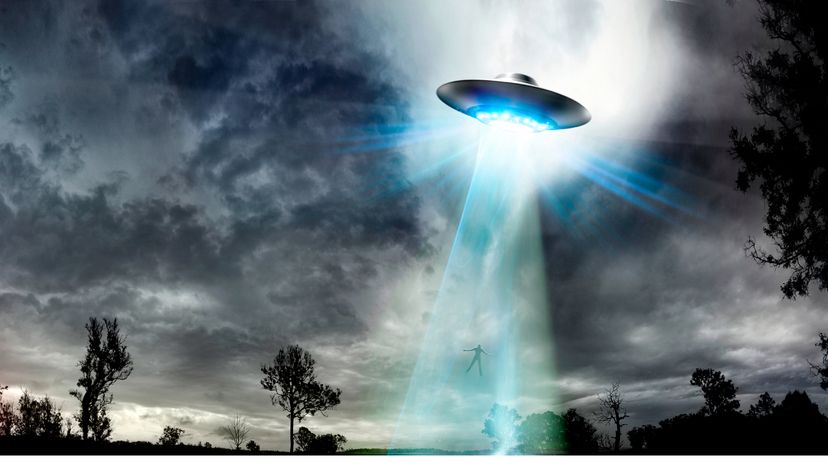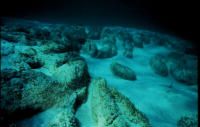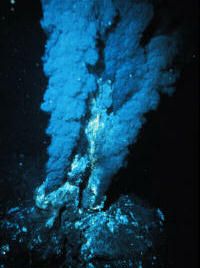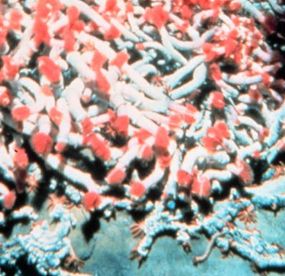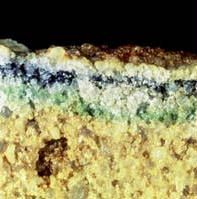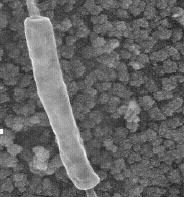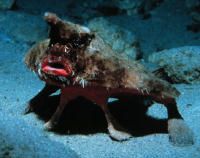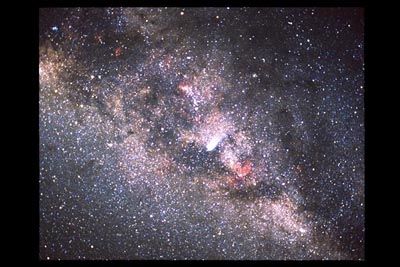With these ground rules in mind, and since no extraterrestrial life forms have been conclusively discovered, alien physiology lies in the realm of our imagination. Science-fiction authors, especially the 'hard" ones who try to adhere strictly to real science, have been doing this for years. They first design or build a world, carefully working out its physical, astronomical and ecological characteristics. Next, they work out what type of aliens could exist in that world. An example of one such world-building exercise can be found at the Epona Project, where several science-fiction writers came together to create a world called Epona, complete with planetary, geological and ecological data. One artist, Steven Hanly, created Epona creatures.
For his novel "Mission of Gravity," Hal Clement created a world called Mesklin that circles a double star. Mesklin rotates once every eighteen minutes and has a flattened shape caused by its rotation. The gravity of Mesklin ranges from three times Earth's gravity, at the equator, to seven hundred times at the poles. Mesklin has a hydrogen atmosphere and methane oceans. Mesklinites, one of the planet's life forms, are small, centipede-like creatures made of an insect skeletal protein called chitin. They have 18 pairs of legs that end in sucker-like feet, forward pinchers for grasping, a strong circulatory system and absorb hydrogen right through their shells. They are immensely strong -- a result of living on a high-gravity world, yet they have a fear of being picked up because a fall from a small height could be fatal on such high gravity. (See "Barlowe's Guide to Extraterrestrials" and "The Science of Aliens" for descriptions of Mesklinites and other alien life.)
At HowStuffWorks, we've envisioned an alien world and alien life forms. In our world, the planet orbits a bright star. Only 10 percent of the world is covered with surface water, but throughout the land mass there are pockets of water that collect under the sands from the sparse rainfall. The environment is hot and arid and the sunshine is bright. The planet is massive and has gravity that is one-hundred times stronger than that of Earth. The atmosphere is an Earth-like air mixture of helium, oxygen and carbon dioxide.
The two alien life forms that we envision for this world are animals -- mobile predators that live around the planet's few small bodies of surface water. Both aliens are short, about 1 foot (30 centimeters) tall, with thick limbs to support their weight against the immense gravity. Both have thick coverings or skins to minimize evaporation and conserve water. To gather information, one relies primarily on vision, while the other uses chemical senses (taste and smell).
The Lashlarm, an alien animal
The Lashlarm is our first alien predator. It looks like a walking toilet bowl. The mouth portion is supported by three stalky legs connected to a flat pedestal. Underneath the pedestal are many scales, so the pedestal glides across the surface of the sand much like a snake moves along the ground. It has several sensory appendages that allow it to locate prey by chemical means. It hunts near the small bodies of surface water, feeling along the water's edge and tasting the sand and water for other animals. Upon locating prey, the Lashlarm crouches down and glides up to it. The Lashlarm then opens its large mouth and springs down upon the prey, swallowing it whole.
The Nirba, an alien predator
The Nirba is is slightly larger than the Lashlarm. It lives in the water, near the edge, much like a crocodile or alligator but is not fully aquatic. The Nirba comes out to prey on other animals that come down to the water, particularly the Lashlarm. It has a large head with nostrils located on top of its nose so it can breathe while mostly submerged. The Nirba has thick skin, to prevent dehydration while out of the water in the hot sun, and big, muscular front legs with large claws for killing its prey. A long tail helps it swim in the water, and the "arrowhead" end assists in hunting and territorial defense.
For more information on alien life and related topics, check out the links on the following page.
